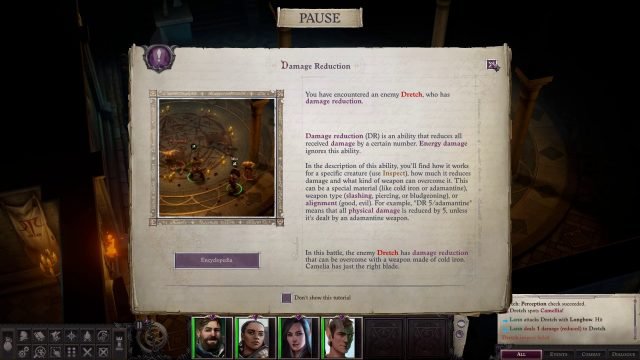

In some cases, you increase the number of dice you roll when making weapon damage rolls.

Increasing Damage Source Core Rulebook pg. Though sometimes there are special considerations, described below. Once your damage die is rolled, and you’ve applied any modifiers, bonuses, and penalties, move on to Step 2. Spell (and similar effects) damage roll = damage die of the effect + bonuses + penalties If the combined penalties on an attack would reduce the damage to 0 or below, you still deal 1 damage. Ranged damage roll = damage die of weapon + Strength modifier for thrown weapons + bonuses + penalties

Melee damage roll = damage die of weapon or unarmed attack + Strength modifier + bonuses + penalties Again like checks, you may also apply circumstance, status, item, and untyped penalties to the damage roll, and again you apply only the greatest penalty of a specific type but apply all untyped penalties together. You typically do not add an ability modifier to spell damage, damage from most ranged weapons, or damage from alchemical bombs and similar items.Īs with checks, you might add circumstance, status, or item bonuses to your damage rolls, but if you have multiple bonuses of the same type, you add only the highest bonus of that type. Weapons with the propulsive trait sometimes add half your Strength modifier. When you use melee weapons, unarmed attacks, and thrown ranged weapons, the most common modifier you’ll add to damage is your Strength ability modifier. Sometimes, especially in the case of weapons, you’ll apply modifiers, bonuses, and penalties to the damage. If you’re casting a 3rd-level fireball spell, you’ll roll 6d6. For instance, if you’re using a normal longsword, you’ll roll 1d8. Your weapon, unarmed attack, spell, or sometimes even a magic item determines what type of dice you roll for damage, and how many. Step 1: Roll the Damage Dice and Apply Modifiers, Bonuses, and Penalties Source Core Rulebook pg.
DMG S DMG M PATHFINDER FULL
The full rules can be found in the Hit Points, Healing, and Dying section.ĭamage is sometimes given as a fixed amount, but more often than not you’ll make a damage roll to determine how much damage you deal. Damage decreases a creature’s Hit Points on a 1-to-1 basis (so a creature that takes 6 damage loses 6 Hit Points). On a successful check, you hit and deal damage. In the midst of combat, you attempt checks to determine if you can damage your foe with weapons, spells, or alchemical concoctions. Chapter 9: Playing the Game / General Rules


 0 kommentar(er)
0 kommentar(er)
